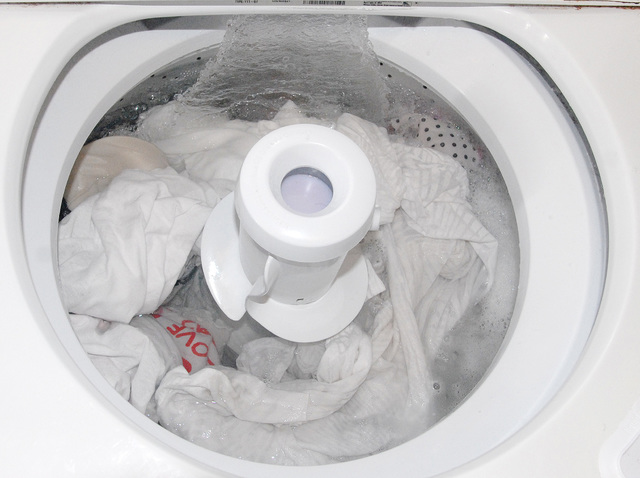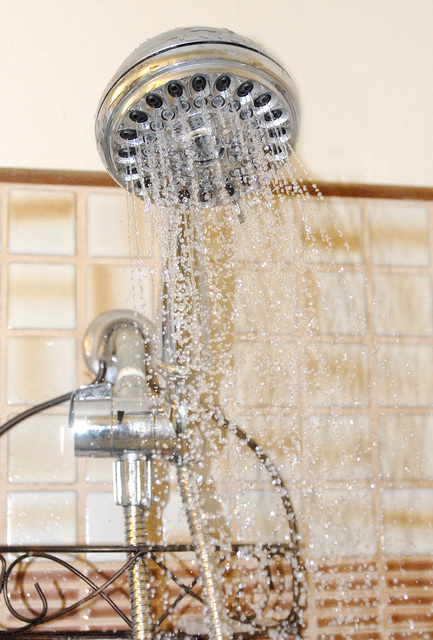Water rates would rise 3 percent next year, followed by 4 percent the following year and then 5 percent annually for the next three years, under a proposal floated Tuesday by the county Water Board. ADVERTISING Water rates would rise
Water rates would rise 3 percent next year, followed by 4 percent the following year and then 5 percent annually for the next three years, under a proposal floated Tuesday by the county Water Board.
The Water Board scheduled public hearings on the proposed rates for 5 p.m. May 26 in Kona and 6 p.m. May 27 in Hilo. The board plans to finalize the rates at its June meeting, and the new prices would go into effect in July or August.
A typical family on a 5/8-inch meter using 9,500 gallons monthly would see their bimonthly bill increase from $101.75 to $104.96 the first year.
Hawaii Island’s typical $101.75 bimonthly bill compares to $86.40 on Maui, $93.45 on Oahu and $129.55 on Kauai, consultant Ann Hajnosz of Brown and Caldwell told the board.
“You’re pretty much in the middle, maybe at the low end,” Hajnosz said.
The actual cost to produce the water is about $4.13 per 1,000 gallons, she said.
She said Honolulu can charge less because it has a “big, dense system,” where water users live close together and there are a lot of them.
The Water Department uses a rate system that encourages conservation by charging more per thousand gallons for higher water usage. The water bill is made up of a static standby charge, a water usage rate and a power charge that fluctuates with the cost of electricity.
Under the proposed rate plan, agriculture users would experience increases from 3.1 percent to 8.9 percent, depending on usage.
The Water Department’s conservation-oriented rate structure has been working so well that water usage actually has dropped through the years, despite population gains. This is a double-edged sword for the Water Department.
“How do we tell people, ‘Great job conserving. You’re using less, but you’re going to pay more for it,’” asked board member Susan Lee Loy.
Board member David Greenwell agreed.
“Conservation is a wonderful thing,” he said, “but we sell less water, we make less money.”
Board member Brenda Iokepa-Moses had no problem with that.
“We’re not a money-making business,” she said, adding that a plateau is just fine.
Hajnosz cautioned the board against big increases in the standby charge, the charge everyone pays regardless of how much water they use. The system needs to cover its fixed costs, without escalating rates too rapidly and possibly leading to “rate shock,” she said.
The Water Board also passed on first reading a $53.17 million annual operating budget, a 2 percent increase compared to this year, that was proposed by the Department of Water Supply.
Increases in salaries, employee benefits, repair and maintenance and safety account for most of the increased expenses. Budget cuts in utilities, interest and reserves help hold the line at a 2 percent increase.
Email Nancy Cook Lauer at ncook-lauer@westhawaiitoday.com.





